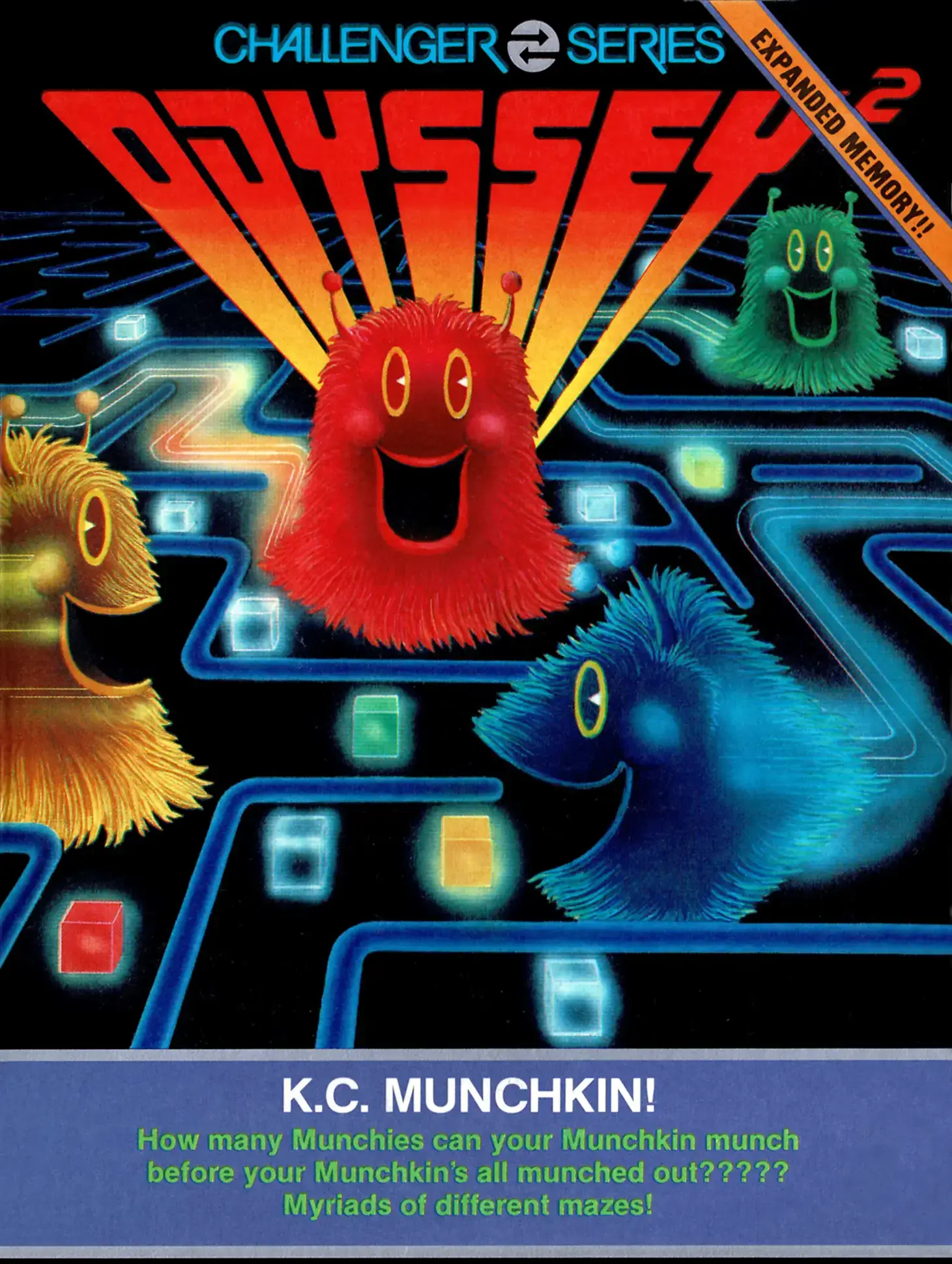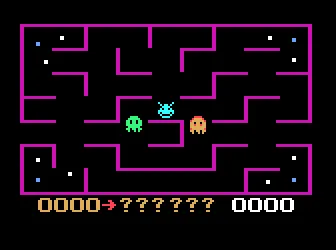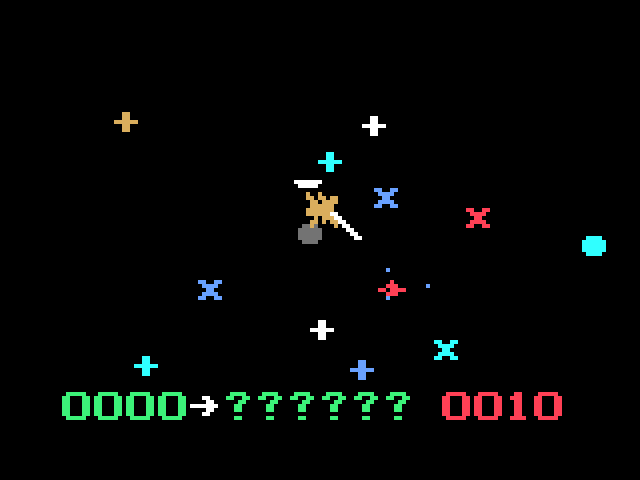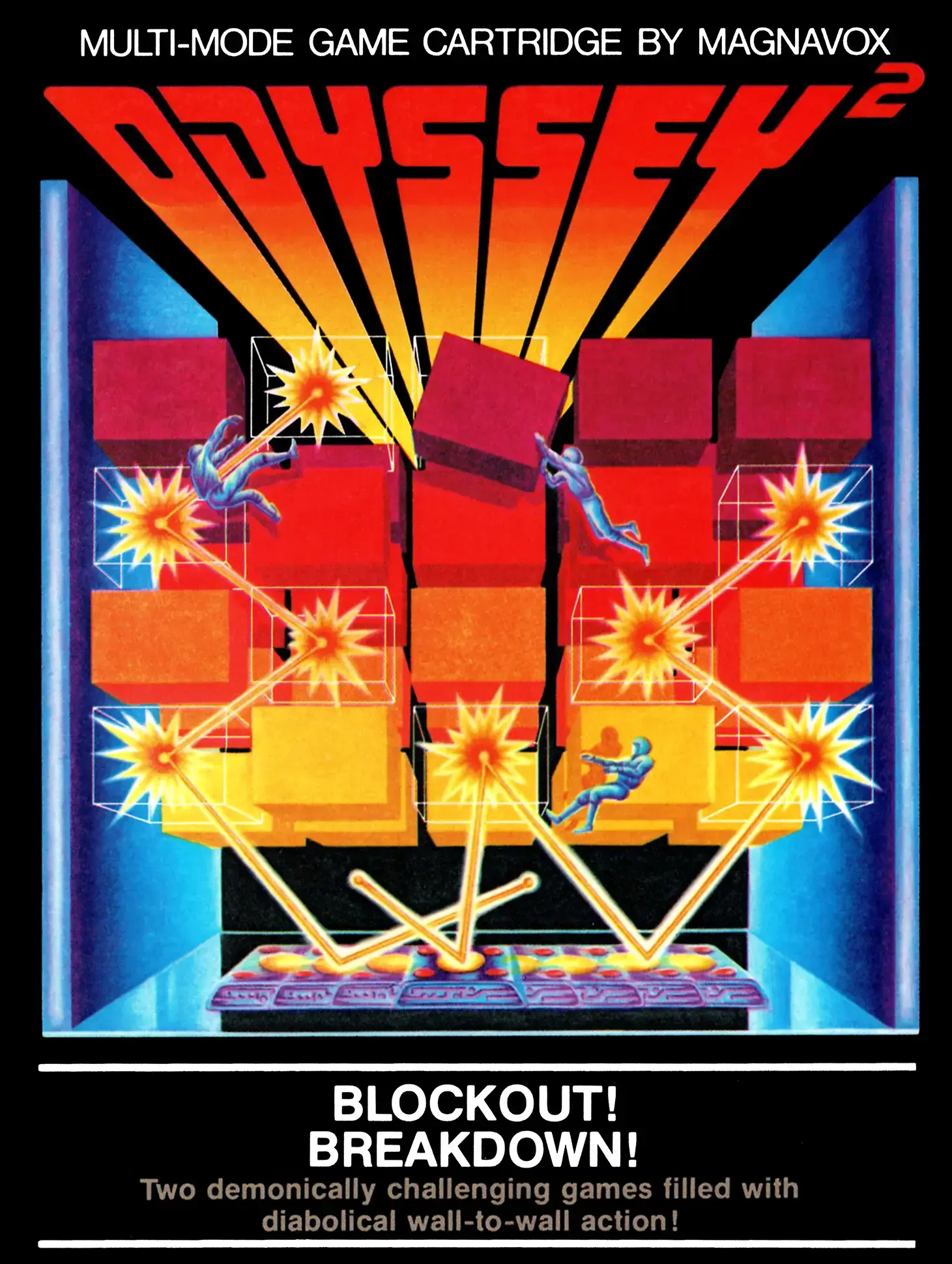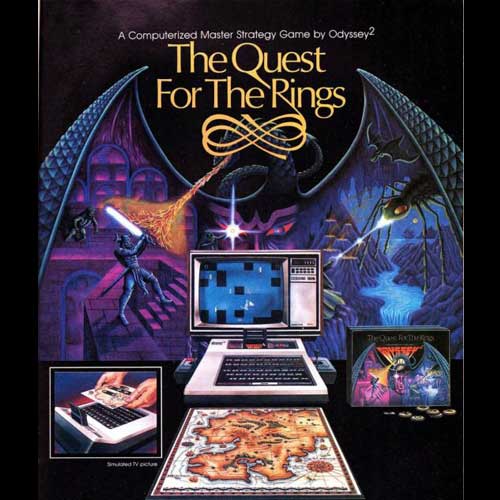Videopac / Odyssey² — The excitement of a game, the mind of a computer!
Posted: Fri Jul 11, 2025 4:31 pm
The Videopac fandom is dying! 
Before there was a Philips CDI ... Magnavox had an entry in the 8-bit era. Branded as "Odyssey²" in the US, for some reason, even though no one remembered their Odyssey Mark-I pong-machine from the 1960s. And as Videopac in Brazil in other countries.

The Videopac uses Intel chips exclusively. The core is an Intel 8048. The video and the audio are handled by custom-fabbed "Intel 8244". While the video is well-documented, if anyone has good specs on how the audio works, let me know.
Speaking of graphics, the Videopac supported four 8x8 single-color sprites in both x1 and x2 scale. It also supported 12 character objects from a limited set of 64 characters hard-wired into the system, as well as four 4-character sets (often used for scoring). The color palette was 16 colors chosen to be friendly to NTSC. Characters could only be full-bright colors, with 8 half-bright colors for the background. There was also a "playfield" which could be filled squares, drawn lines, or just dots. This unique hardware gives the Videopac games their distinctive appearance.
Most models have these hardwired controllers with distinctive joysticks, that make you think they're analog but they're really not. The single buttons are made of flimsy plastic that will eventually warp or break. There's a membrane keyboard with no travel, that only registers key-press events. While the advertising copy would lead you to believe that the Videopac is a "computer", the keyboard is irrelevant to most games, serving only to choose game mode. (If the game even has game modes.)
Slightly more powerful than the Atari 2600, but nowhere near the same level as the Intellivision, SG1000, or Colecovision, the Videopac had almost no support. Predictably, it lingered under Brazil's protectionism for its longest time, but it doesn't enjoy any of the nostalgia that Sega does.
Before there was a Philips CDI ... Magnavox had an entry in the 8-bit era. Branded as "Odyssey²" in the US, for some reason, even though no one remembered their Odyssey Mark-I pong-machine from the 1960s. And as Videopac in Brazil in other countries.

The Videopac uses Intel chips exclusively. The core is an Intel 8048. The video and the audio are handled by custom-fabbed "Intel 8244". While the video is well-documented, if anyone has good specs on how the audio works, let me know.
Speaking of graphics, the Videopac supported four 8x8 single-color sprites in both x1 and x2 scale. It also supported 12 character objects from a limited set of 64 characters hard-wired into the system, as well as four 4-character sets (often used for scoring). The color palette was 16 colors chosen to be friendly to NTSC. Characters could only be full-bright colors, with 8 half-bright colors for the background. There was also a "playfield" which could be filled squares, drawn lines, or just dots. This unique hardware gives the Videopac games their distinctive appearance.
Most models have these hardwired controllers with distinctive joysticks, that make you think they're analog but they're really not. The single buttons are made of flimsy plastic that will eventually warp or break. There's a membrane keyboard with no travel, that only registers key-press events. While the advertising copy would lead you to believe that the Videopac is a "computer", the keyboard is irrelevant to most games, serving only to choose game mode. (If the game even has game modes.)
Slightly more powerful than the Atari 2600, but nowhere near the same level as the Intellivision, SG1000, or Colecovision, the Videopac had almost no support. Predictably, it lingered under Brazil's protectionism for its longest time, but it doesn't enjoy any of the nostalgia that Sega does.
